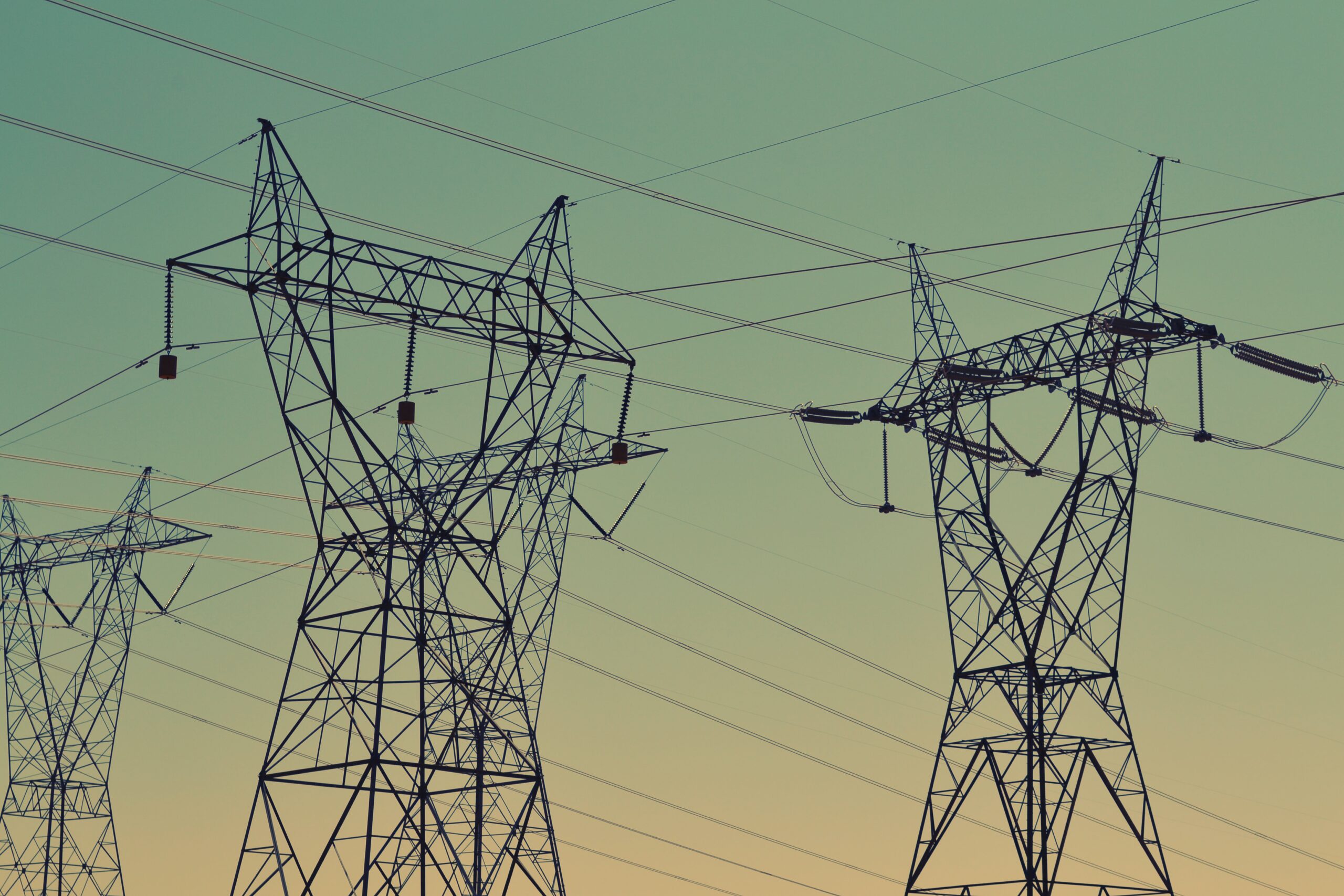In the dynamic realm of electrical engineering, the electrical energy equation stands as a cornerstone, driving innovation and powering our modern world. Let’s delve into the intricacies of this vital equation and unravel its secrets.
Decoding the Essence What is the Electrical Energy Equation?
Contents
- 1 Decoding the Essence What is the Electrical Energy Equation?
- 2 Navigating the Components Voltage, Current, and Resistance
- 3 Voltage The Driving Force
- 4 Current The Flowing Essence
- 5 Resistance The Restraining Factor
- 6 Unleashing Potential Practical Applications of the Electrical Energy Equation
- 7 The Heart of Innovation Advancements in Electrical Energy Equations
- 8 Integration of Renewable Energy Sources
- 9 Smart Grid Technology
- 10 Illuminating the Path Forward
At its core, the electrical energy equation is a mathematical representation of the relationship between voltage, current, and resistance. Expressed as V = IR, where V is voltage, I is current, and R is resistance, this equation lays the foundation for comprehending the flow of electrical energy in circuits.
Read Also: Unveiling the Power of Elastic Energy A Comprehensive Definition
Voltage The Driving Force
Voltage, denoted as V, is the electric potential difference that propels electrons through a circuit. It’s the driving force behind the flow of electrical energy, akin to the pressure in a water pipe determining the water’s movement.
Current The Flowing Essence
Current, represented by I, signifies the rate of electron flow in a circuit. Picture it as the volume of water flowing through that pipe, determining the intensity of the electrical energy stream.
Resistance The Restraining Factor
Resistance, denoted as R, acts as the resistor in our circuit analogy. It opposes the flow of electrons, influencing the overall energy flow. Understanding resistance is pivotal to optimizing electrical systems.
Unleashing Potential Practical Applications of the Electrical Energy Equation
Now that we’ve demystified the equation’s components, let’s explore its real-world applications. From household electronics to industrial machinery, the electrical energy equation plays a crucial role in designing efficient and sustainable systems.
Read Also: Unveiling the Brilliance Radiant Energy Definition and Its Marvels
The Heart of Innovation Advancements in Electrical Energy Equations
Integration of Renewable Energy Sources
As the world pivots towards sustainable practices, the electrical energy equations is at the forefront of integrating renewable sources like solar and wind power. Engineers leverage its principles to maximize energy output and minimize environmental impact.
Smart Grid Technology
In the era of smart cities, the electrical energy equations evolves to meet the demands of interconnected grids. Its adaptability ensures seamless energy distribution and optimal utilization.
Read Also: Elastic Energy Unleashing the Power of Flexibility
Illuminating the Path Forward
In this brief journey, we’ve scratched the surface of the electrical energy equations, unraveling its significance and applications. As technology advances, so does our understanding of this fundamental equation, guiding us toward a brighter, more energy-efficient future.




